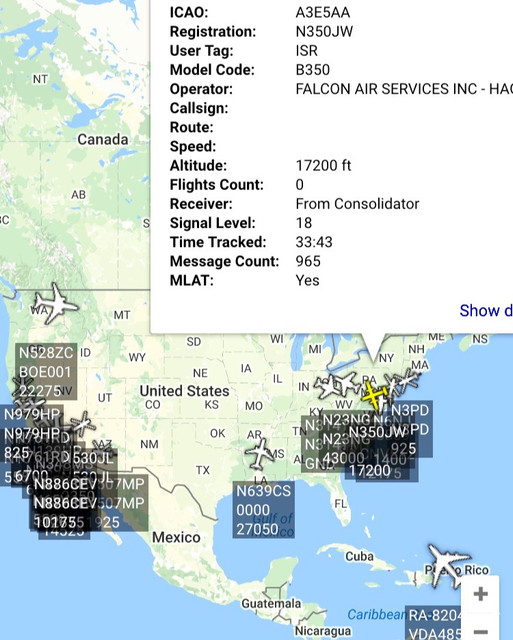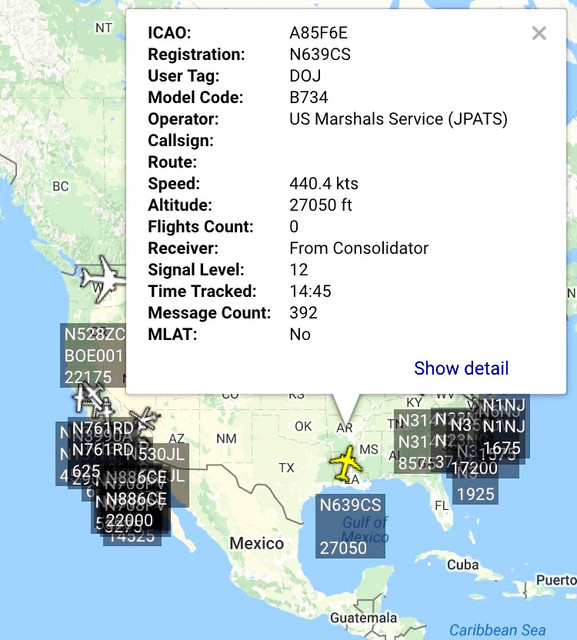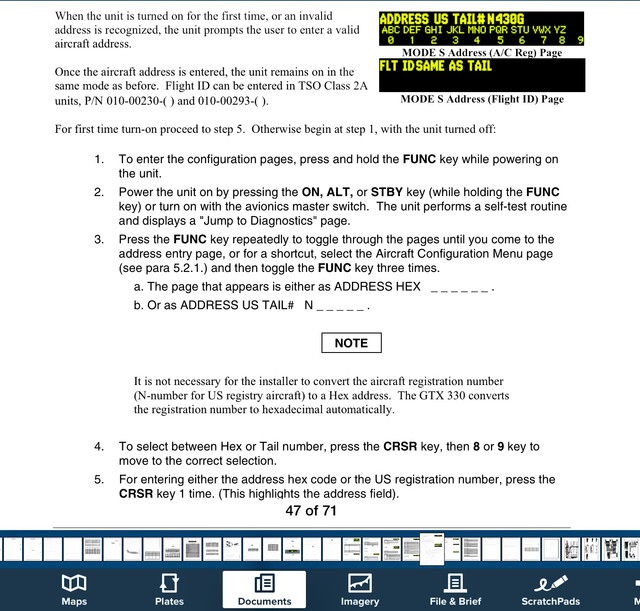comanchepilot
En-Route
Finally got flying yesterday and did an IPC and BFR - my airplane had its ADS-B upgrade in December. . .
I was doing the practice approaches - and the first controller got my number wrong - they often do - while my tail number ends in 90P - often they enter it as 09P and its hell to correct it.
Yesterday - the second controller heard me check in - and said - "90P - I've got your target here and your airplane is reporing 90P - is that correct?"
I said ' "Yes - it is 90P not 09P - he said - "OK, I'll correct it."
So - that answers the question whether our ADS-B airplanes are reporting the tail numbers as part of the extended squit coming out of the airplane. . .
This was in SoCal.
I was doing the practice approaches - and the first controller got my number wrong - they often do - while my tail number ends in 90P - often they enter it as 09P and its hell to correct it.
Yesterday - the second controller heard me check in - and said - "90P - I've got your target here and your airplane is reporing 90P - is that correct?"
I said ' "Yes - it is 90P not 09P - he said - "OK, I'll correct it."
So - that answers the question whether our ADS-B airplanes are reporting the tail numbers as part of the extended squit coming out of the airplane. . .
This was in SoCal.




